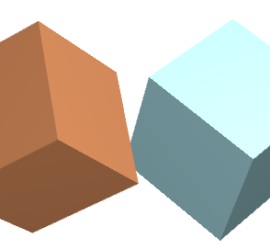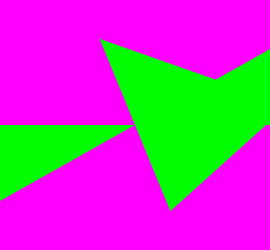Frustum vs Pyramid intersection (also Frustum vs Frustum)
I couldn’t find much (helpful) info about this online, other than “just use SAT” in a sentence with no code or explanation. Maybe my Google-Fu failed me. But considering Emil Persson labelled this a hard problem, perhaps it isn’t only me (note: Hard here does not refer to Hard NP. […]

